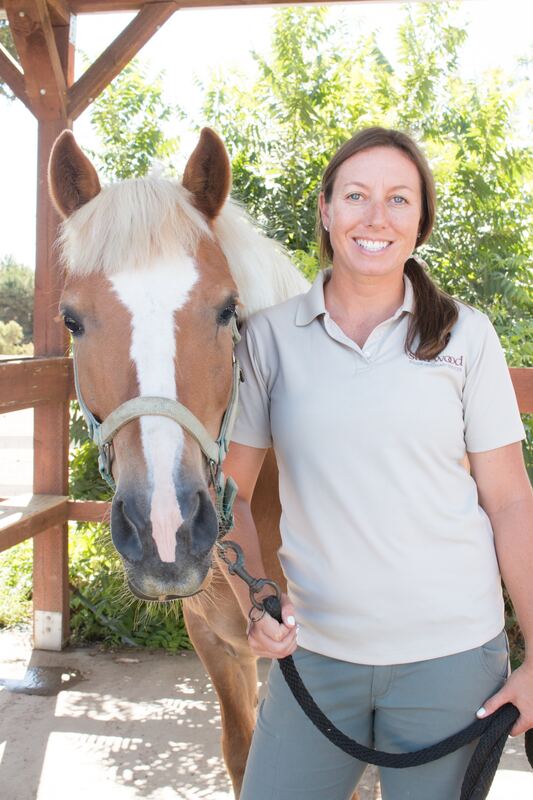What is veterinary chiropractic care? Animal chiropractic focuses on the health and well-being of the neuromuscular and skeletal system. The goal is to restore normal function to the skeletal system and therefore restore normal function to all of the tissues surrounding the vertebrae. Think of the brain and spinal cord as the major highway of information in the body- these structures need to send and receive information from all parts of the body. These “highways” function in both directions. For example, a sensory nerve will send information from the hand to the brain saying “ouch, that is hot;” The brain translates this information and gives it to a motor nerve, which then actions to move the hand away from the hot object. Between any two bones (including vertebrae in the spine) there is a joint and if this joint becomes dysfunctional, these signals to and from the central nervous system can become impaired. Some signs of localized dysfunction are subtle, such as muscle tightness or tenderness, and others can be very severe, such as obvious pain, lameness, muscle wasting, and even organ dysfunction. Who can benefit and how do I know if my horse needs a chiropractic evaluation?Horses of all types can benefit from chiropractic care. Regular chiropractic care can find and treat issues that may not be leading to overt lameness, and can also prevent certain chronic problems from muscle imbalances, overuse or trauma. Chiropractic is not meant to replace traditional veterinary medicine. In fact, it is a complement to the systemic well being of the animal by restoring normal neuromuscular function and encouraging correct movement and posture. What should I expect during a chiropractic evaluation?At the initial visit, Dr. Cara Wright will gather history about the horse and its daily routine and job, as well as prior diagnosis and treatments. Next comes observing the horse in motion (in hand, on a lunge, and sometimes under saddle depending on the specific complaint). Dr. Wright will then palpate the joints throughout the horse’s back, neck, and limbs to determine how each one is moving. Once restricted joint motion is found, a very precise motion (an adjustment) is applied to encourage the joint to return to normal mobility. Many horses begin to relax, with droopy eyelids, loose lips, relaxing breaths, and licking and chewing once they begin to feel the effects of treatment. Horses are not sedated for chiropractic treatments. After treatment, Dr. Wright likes the horse to be hand walked for 5-10 minutes so the body can get used to the “correct” neuromuscular signals flowing through the horse’s body. Who is my veterinary chiropractor?
The IVCA is an international non-profit organization dedicated to promoting excellence in the field of Veterinary Chiropractic, which has established consistently high standards of Veterinary Chiropractic through approved educational courses, certification examinations and the membership code of conduct and standard of proficiency. (adapted from the IVCA website www.ivca.de)
Chiropractic is another tool to be used in conjunction with traditional veterinary medicine to diagnose and treat a variety of conditions in our equine companions.
0 Comments
Leave a Reply. |
Topics
All
Archives
May 2021
|
Privacy Policy | Copyright © 2019 Starwood Equine Veterinary Services, Inc. All rights reserved.





 RSS Feed
RSS Feed